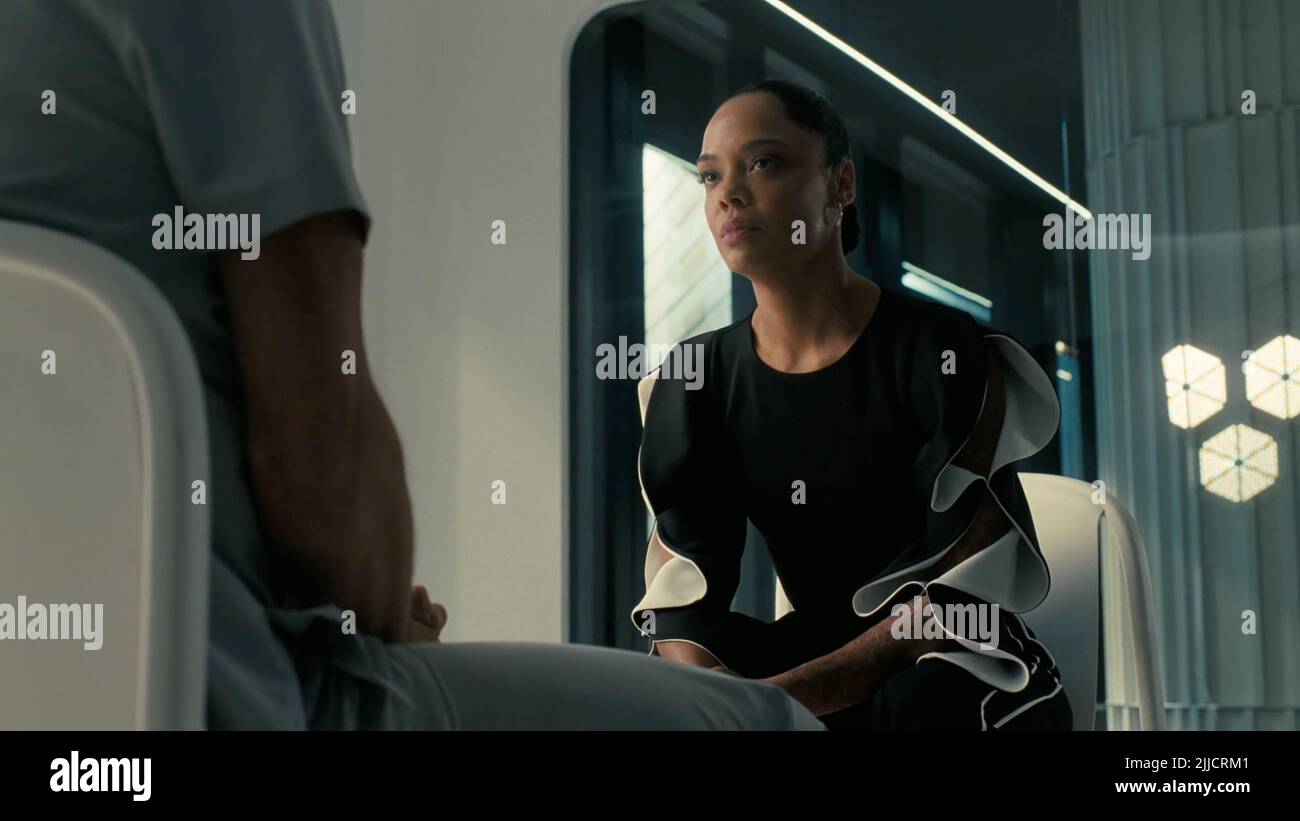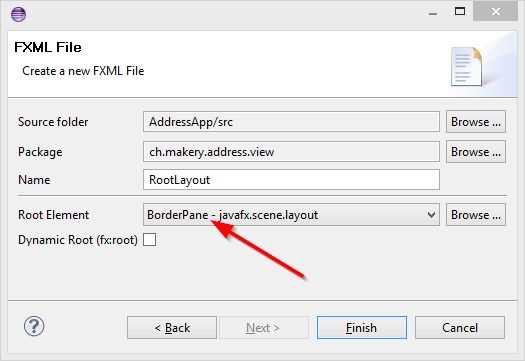

The code sample above will position the Yes and No buttons relative to the Create the buttons to go into the ButtonBarītButtonData(yesButton, ButtonData.YES) ītButtonData(noButton, ButtonData.NO) īuttonBar.getButtons().addAll(yesButton, noButton) Instantiating and using the ButtonBar is simple, simply do the following: Laid out on each of the three operating systems. Measuring process, so its size will not influence the maximum size calculatedīecause a ButtonBar comes with built-in support for Windows, Mac OSĪnd Linux, there are three screenshots shown below, with the same buttons

If a button is excluded from uniform sizing, it is both excluded fromīeing resized away from its preferred size, and also excluded from the On a per-button basis, but calling the setButtonUniformSize(Node, boolean) method with Then be positioned relative to all other nodes in the button list based on theirīutton order specified for the ButtonBar.īy default all buttons are uniformly sized in a ButtonBar, meaning that allīuttons take the width of the widest button. Method, placed inside a ButtonBar (via the getButtons() list), and will In other words, any Node mayīe annotated (via the setButtonData(Node, ButtonData) Let’s take a look at how we can use it.A ButtonBar is essentially a HBox, with the additional functionalityįor operating system specific button placement. SwiftUI provides us the ToolbarContent protocol that allows us to create a struct representing a reusable toolbar. We can also create a dedicated type defining our toolbar that we can reuse across the app. navigationBarTrailing - The item is placed in the trailing area of the navigation bar.navigationBarLeading - The item is placed in the leading area of the navigation bar.On macOS, keyboard items will be placed inside the Touch Bar. On iOS, keyboard items are above the software keyboard when present. keyboard - The item is placed in the keyboard section.bottomBar - The item is placed in the bottom toolbar.For example, you can use it to customize the navigation bar’s title view on iOS. principal - The item is placed in the main item section.There are also a bunch of platform-specific placement options. You can use it in your modal screens that delete some data. destructiveAction - The item represents a destructive action for a modal interface.cancellationAction - The item represents a cancellation action for a modal interface.You can use it in your sheets to confirm saving action. confirmationAction - The item represents a confirmation action for a modal interface.There are placement options that we can use only in toolbars presented by a modal view. Usually, SwiftUI places this item in the navigation bar on iOS or on top of other views on watchOS. primaryAction - The item represents a primary action.automatic - The item is placed in the default section that varies depending on the current platform.There are multiple placement opportunities. SwiftUI can put your toolbar item in different places, depending on the value of the placement parameter. SwiftUI hides all the magic of toolbars behind ToolbarItemPlacement struct.

The second one is ViewBuilder closure that SwiftUI uses to build the view representation of your action. The first one is placement, which is the instance of ToolbarItemPlacement struct. We use ToolbarItem struct to declare an action.

The toolbar modifier accepts the ToolbarContentBuilder closure, which is very similar to ViewBuilder function builder, but instead of views, it uses ToolbarItems. Import SwiftUI struct ContentView : View Īs you can see in the example above, SwiftUI provides us the toolbar modifier that we can use to build toolbar items.


 0 kommentar(er)
0 kommentar(er)
